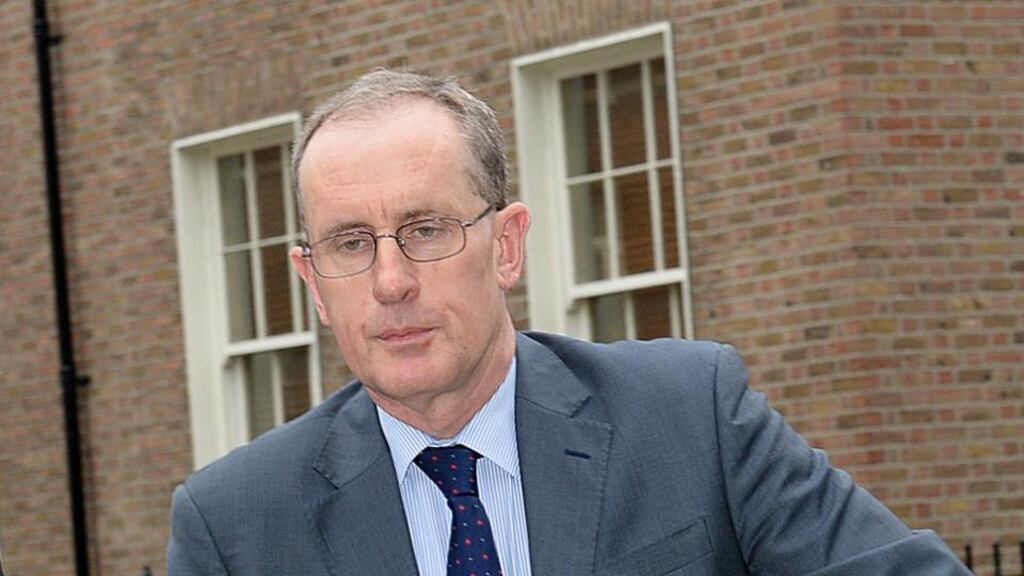Plans to increase the height of apartment buildings that can be constructed in Dublin city could be blocked by councillors through proposed changes to the city development plan.
City council chief executive Owen Keegan wants to allow apartment blocks up to 28m tall – the same height that is already permitted for office blocks.
However, councillors of all parties except Sinn Féin, as well as several Independents, are seeking to restrict the height of residential developments throughout the city.
In the previous development plan heights in the “low-rise” categories were expressed in storeys as well as metres. In terms of storeys there was little difference between apartment or commercial blocks: in the inner city low-rise was defined as up to six storeys residential and up to seven stories for offices; developments at rail stations could be six storeys for both apartments and offices; while in the rest of the city low-rise was defined as four storeys for both.
Lower ceiling heights
However, because of the lower ceiling heights of homes as opposed to offices, the use of storeys meant the inner city low-rise apartments could be 19m and offices 28m; at rail hubs the difference would be 19m and 24m and in the rest of he city the height permissible would be 13m versus 16m.
Mr Keegan said he wants to remove this anomaly in the new Dublin City Development Plan 2016-2022, the draft of which is being presented to the council for agreement on Monday night. The plan would refer to building heights in metres only, setting the maximum limits for low rise at 28m in the inner city, up to 24m near stations, and up to 16m in the rest of the city for all buildings.
However, 11 motions from councillors, including two party motions from People Before Profit and the Green Party, propose reducing these heights. Several of the motions refer to low-rise heights being retained as the “traditional height of the city”, the “historic height of the city” or the height of “Georgian terraces”, which are approximately 14m tall.
Mr Keegan has urged councillors not go ahead with these restrictions. “Reducing the definition of ‘low-rise’ to the height of typical Georgian buildings . . . would have severe repercussions across the city in terms of employment, international competitiveness, housing provision, together with critical infrastructure such as transport and hospitals.”
He added that the 28m height, already permitted for commercial buildings, was a maximum, and would be subject to other criteria such as the restrictions on buildings near conservation areas and the historic core of the city.
‘Intrinsic quality’
“The draft plan continues the policy of previous development plans, acknowledging the intrinsic quality of Dublin’s low-rise character and the need to protect in particular the historic city core encompassed by the Quays, the Georgian squares, Dublin Castle, College Green.”
He added that allowing the same heights for apartments as offices would help “address current severe shortages of housing supply”.
Heights did not emerge as an issue when the development plan was being formulated last year. At the time councillors were concerned about proposed changes to apartment sizes. However, last December, then minister for the environment Alan Kelly set new rules for apartments which means councillors cannot make changes to their size in the development plan.











